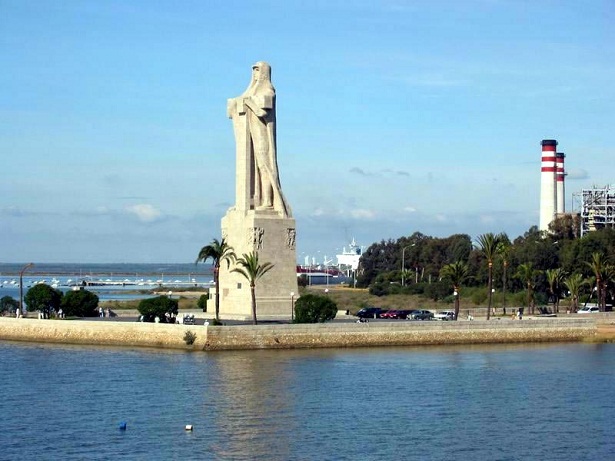
Huelva is an Andalusian city that is located in the province of the same name and that has more or less 150,000 inhabitants. Throughout history, the city has been a meeting point for different cultures and civilizations, including remains from 3000 BC. If you are going to visit Huelva you will see that you have everything you could want in a city: natural environments, archaeological remains, historical monuments, museums, beaches, sports and, above all, gastronomy. To eat in Huelva I hope you are not short-mouthed, because between the fish and the wine, two of its main hallmarks, you can spend the whole trip eating.
Its most important natural area is the Marismas del Odiel , a spectacular natural area that was declared a Biosphere Reserve in 1983 and where you can still see the remains of the Arab settlement and, very close, go to Playa del Espigón and lie down in its sand. fine and almost golden. Among its monuments, you can visit the Monument to the Discovery Faith , which commemorates the IV centenary of the departure of Christopher Columbus. The Plaza de las Monjas , the old Bank of Spain , the Paseo Santa Fe or the La Rábida Institute ( Juan Ramón Jiménez’s place of study), are some of the most beautiful places to visit in Huelva .
If you like museums, the most prominent are the Provincial Museum of Huelva and the Cabezo de la Almagra Museum . In addition, you can see the occasional cultural event in the Gran Teatro . One of the most important times of the year in Huelva is Easter , which is also considered to be of National Tourist Interest. Of course, I cannot forget the exit to the Romería del Rocío , where you will experience a spectacular festive atmosphere with pilgrims and Brotherhoods walking for the same purpose, to be able to touch the Virgen del Rocío . It is one of the most famous pilgrimages in Spain.
